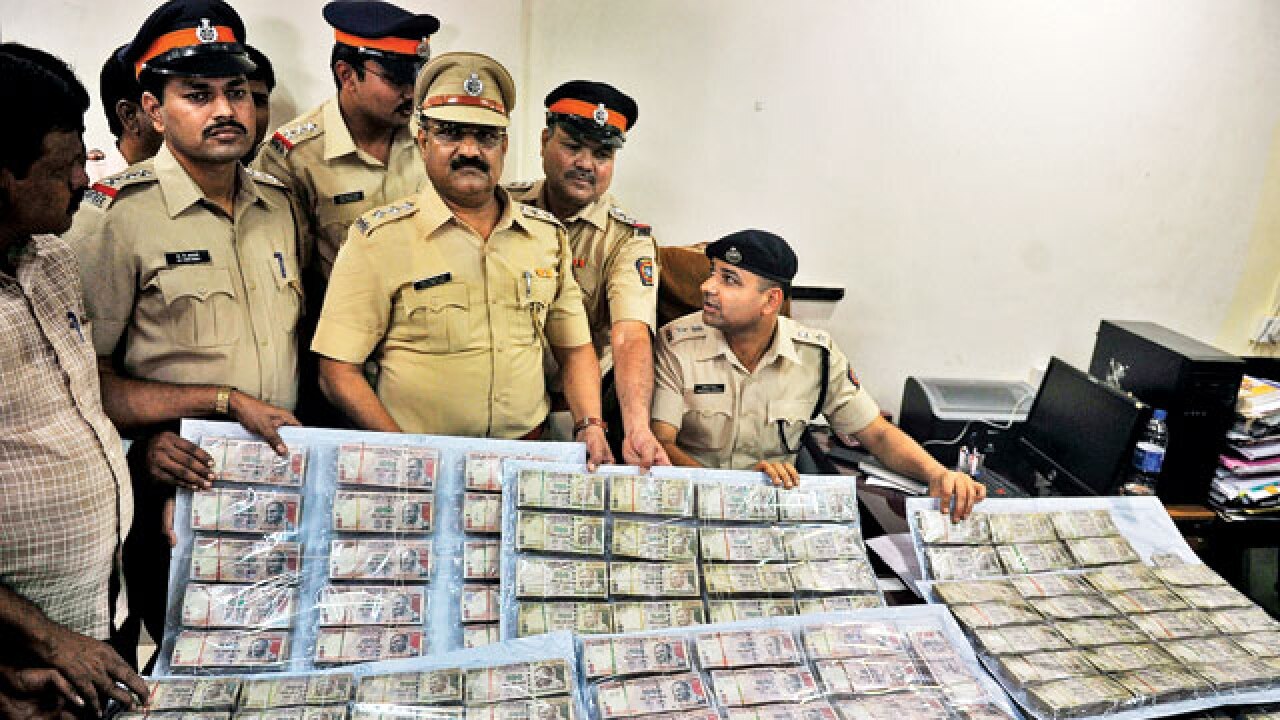
A round this time, in 2011, the country was witnessing the unfolding of one of the largest anti-corruption movements in recent history. Led by Anna Hazare, people across the country gathered at Ramlila Maidan in the capital demanding strong corrective action against the deeply entrenched malaise of corruption and black money. Shortly before the start of this movement, the Union Government had entrusted three institutions with the task of estimating the quantum of the black economy, both in India as well as abroad. This was noteworthy given that the last such effort to estimate black money was undertaken almost 25 years earlier, in 1984/85. While the findings of the three studies above have not been made public, unofficial drafts of these reports have surfaced on public websites. A quick review of the findings of one such institution — the National Institute of Financial Management (NIFM), Faridabad has some interesting observations.
The NIFM report titled “Study on Unaccounted Income/Wealth both inside and outside the country” defined “unaccounted income” or “black money” as income from those economic activities that either circumvent or otherwise avoid government regulation as well as taxation. As such, this includes incomes generated from both legal and illegal economic activities, which remain concealed from public authorities. Illegal activities include drug trafficking, smuggling, arms trafficking, frauds, bribery, human trafficking, prostitution, and so on. Legal activities include those which are legal per se, but where actual incomes are concealed to evade taxes, statutory contributions, or compliance with laws and regulations. For instance, the sale of land or property is a legal activity. But not reporting the entire sum of money received to evade taxes makes such income “unaccounted” or “black”.
NIFM adopts several methods to estimate the quantum of the unaccounted/black economy. Its findings show that in 2010, the size of the black economy was between 7 per cent and 40 per cent of GDP. A significant yet plausible range — given the inherent complexities with such estimations. Estimates showed that while the share of the black economy (as a percentage of GDP) decreased over the years, the absolute size (in Rupee terms) consistently increased. Further, the sectors where unaccounted income was found to be highest included real estate, mining, pan masala, gutka, and tobacco industry, bullion and commodity markets, film industry and educational institutes.
Similarly, the situation of tax evasion in registered corporates was equally worrisome. The study notes the increasing corporate practice of not filing tax returns or under-reporting profits by fabricating financial accounts. This led to an increase in corporate tax evasion from 18.5 per cent of corporate tax revenues in 2004-05 to 32 per cent in 2010.
Over the last three years, the present Government has adopted a multi-pronged approach to tackle black money. As soon as the Government was sworn in, one of the first decisions it took was to set up a Special Investigation Team (SIT) on this subject. Thereafter, the Government initiated the Income Disclosure Scheme (IDS – I) which led to a disclosure of about Rs 70,000 crore of black money. Demonetisation itself was one landmark decision.
Post demonetisation, another scheme called PM Garib Kalyan Yojana was launched to further incentivise voluntary disclosures of black income, both in India and abroad. To tackle corruption in vulnerable sectors such as real-estate and mining, key regulations such as Benami Transactions Prohibition (Amendment) Bill 2015, Coal Mines (Special Provisions) Bill 2015, Mines & Minerals (Development & Regulation) Amendment Bill 2015 etc. were enacted. These initiatives are being complemented by a larger drive to push the digital economy and deliver more public services through the electronic mode (e-government and ease of doing business).
The results of a recent survey undertaken by Center for Media Studies (CMS) titled “CMS-India Corruption Study 2017” shows a decline in both perception and experience of corruption by citizens as compared to the situation in 2005. While the situation is not yet perfect, a significant reduction in corruption while availing basic public services such as PDS, education, healthcare, police etc. is commendable. Uneven reduction in corruption across States still remains a concern though.
The authors are economists with Niti Aayog. They tweet @bibekdebroy and @kishore1810. Views are personal.